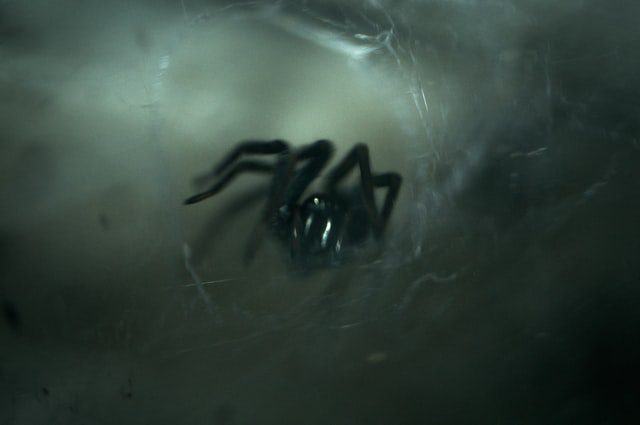Overview Of Brown Recluse Spider
Brown recluse spiders are between 1 and 1 1/2 inches (2.5 to 3.5 centimeters) long. They have a dark brown, violin-shaped mark on their upper body and light brown legs. Their lower body may be dark brown, tan, yellow, or greenish. They also have 3 pairs of eyes, instead of the usual 4 pairs other spiders have. The bite of a brown recluse spider is venomous.
Poisonous Ingredient
The venom of the brown recluse spider contains toxic chemicals that make people sick.
Where Brown Recluse Spiders Are Found
The brown recluse spider is most common in the south and central states of the United States, especially in Missouri, Kansas, Arkansas, Louisiana, eastern Texas, and Oklahoma. However, they have been found in several large cities outside these areas.
The brown recluse spider prefers dark, sheltered areas, such as under porches and in woodpiles.
Symptoms Of Brown Recluse Spider Bites
When the spider bites you, you may feel a sharp sting or nothing at all. Pain usually develops within the first several hours after being bitten, and may become severe. Children may have more serious reactions.
Symptoms of abrown recluse spider bite include:
- Chills
- Itching
- General ill-feeling or discomfort
- Fever
- Nausea
- Reddish or purplish color in a circle around bite
- Sweating
- Large sore (ulcer) in the area of the bite
Rarely, these symptoms may occur after abrown recluse spider bite:
- Coma (lack of responsiveness)
- Blood in urine
- Yellowing of the skin and whites of the eyes (jaundice)
- Kidney failure
- Seizures
In serious cases, blood supply is cut off from the area of thebrown recluse spider bite. This results in black tissue scarring (eschar) at the site. The eschar sloughs off after about 2 to 5 weeks, leaving an ulcer through skin and fatty tissue. The ulcer may take many months to heal and leave a deep scar.
Home Care
Seek emergency medical treatment right away. Call 911 or the local emergency number, or poison control.
Follow these steps until medical help is given:
- Clean the area with soap and water.
- Wrap ice in a clean cloth and place it on the brown recluse spider bite area. Leave it on for 10 minutes and then off for 10 minutes. Repeat this process. If the person has blood flow problems, decrease the time that the ice is on the area to prevent possible skin damage.
- Keep the affected area still, if possible, to prevent the venom from spreading. A homemade splint may be helpful if the bite was on the arms, legs, hands, or feet.
- Loosen clothing and remove rings and other tight jewelry.
Before Calling Emergency
Have this information ready:
- Person’s age, weight, and condition
- The body part affected
- The time the brown recluse spider bite occurred
- The type of spider, if known
Take the person to the emergency room for treatment. The bite may not look serious, but it can take some time to become severe. Treatment is important to reduce complications. If possible, place the spider in a secure container and bring it to the emergency room for identification.
Poison Control
Your local poison center can be reached directly by calling the national toll-free Poison Help hotline (1-800-222-1222) from anywhere in the United States. This hotline number will let you talk to experts in poisoning, including brown recluse spider bites. They will give you further instructions.
This is a free and confidential service. All local poison control centers in the United States use this national number. You should call if you have any questions about poisoning or poison prevention. It does NOT need to be an emergency. You can call for any reason, 24 hours a day, 7 days a week.
What To Expect At The Emergency Room
Take the brown recluse spider to the hospital with you, if possible. Make sure it is in a secure container.
The health care provider will measure and monitor the person’s vital signs, including temperature, pulse, breathing rate, and blood pressure.
Symptoms will be treated. Because brown recluse spider bites can be painful, pain medicines may be given. Antibiotics may also be prescribed if the wound is infected.
If the wound is near a joint (such as a knee or elbow), the arm or leg may be placed into a brace or sling. If possible, the arm or leg will be elevated.
In more serious reactions, the person may receive:
- Blood and urine tests
- Breathing support, including oxygen, tube through the mouth into the throat, and breathing machine (ventilator)
- Chest x-ray
- ECG (electrocardiogram, or heart tracing)
- Intravenous fluids (IV, or through a vein)
- Medicines to treat symptoms



